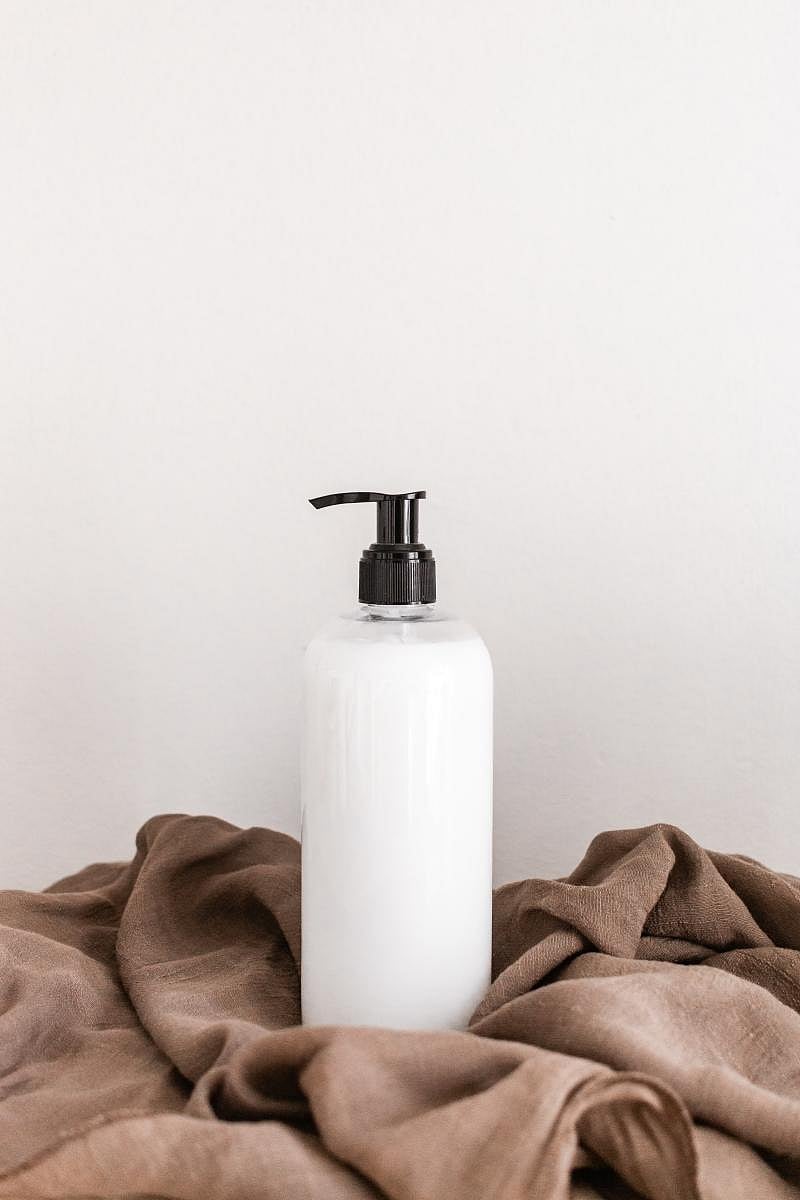
Due to a rapid drop in humidity that comes with the arrival of winter, moisturisers have become the mainstay of our skincare routine this season. This basic, yet vital component of skincare, has been around for a long time, and we’ve all heard the term moisturiser being inadvertently used but how much do we truly know about it?
To comprehend moisturisers, we must first understand the skin barrier (topmost layer of the skin) which is made up of skin cells and lipids arranged in a compact brick and mortar pattern.)
Cholesterol, free fatty acids, and ceramides are lipids found naturally in the skin that help to keep the skin soft and supple by preventing transepidermal water loss (TEWL). The barrier also keeps foreign substances out of the skin, which helps to keep infections at bay. Moisturisers, contrary to popular assumption, do not add water to the skin, rather, they reduce transepidermal water loss, offer skin suppleness, and maintain the skin barrier function. Moisturisers are classified into three categories: Emollients such as ceramides, dimethicone and cyclomethicone hydrate and improve the skin’s softness and flexibility. Occlusives are oils such as petrolatum, paraffin and mineral oils that form a coating over the skin’s surface and prevent water loss. Humectants, such as hyaluronic acid, glycerin and ammonium lactate absorb water from the skin’s interior layers or from the environment (provided there is high humidity). When you look at the ingredients on the labels of most moisturisers these days, you’ll notice that they contain a blend of all three ingredients that work together.
Moisturising may appear to be a new trend, but it has been practised for centuries. Cleopatra, the Egyptian queen, was reported to utilise olive and palm oils to moisturise her skin, which is plant-based oils rich in linoleic acid and are still used today. Coconut oil applied 20 minutes before a shower, can help to prevent transepidermal water loss, promote skin barrier homeostasis and also has anti-inflammatory properties. Other plant-based moisturisers that prevent TEWL include cocoa butter, shea and jojoba oils.
When it comes to moisturiser formulations, there are lotions that are runny, non-greasy, oil-in-water formulations that are suitable for almost all skin types and can be used all year, as well as thicker, water-in-oil creams that are more suitable for the winter and for those with dry skin conditions such as Atopic Dermatitis.
The procedure of application is the same regardless of the type of moisturiser. A moisturiser should be applied generously to clean damp skin, along the direction of hair follicles, within 3 minutes of taking a short shower with lukewarm water. In the winter, it’s ideal to re-apply it 2-3 times per day.
An ideal moisturiser should be hypoallergenic, fragrance-free, and non-comedogenic, as well as address any specific skin concerns you may have, and as might be expected, your dermatologist is the ideal person to choose this for you.
(The author is a dermatologist.)